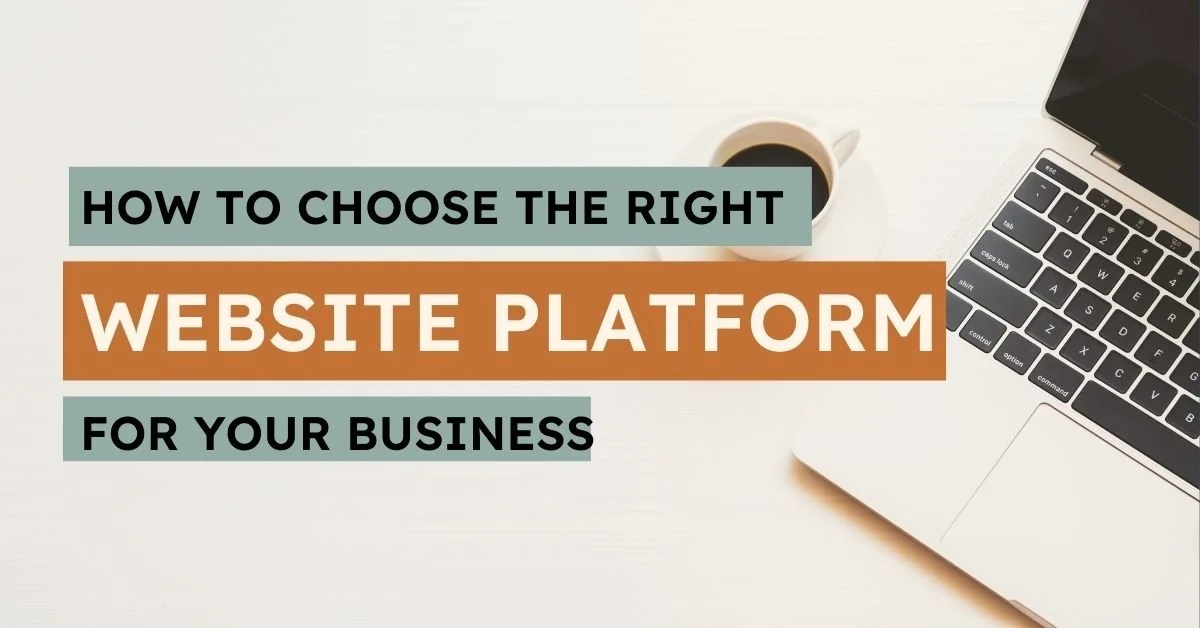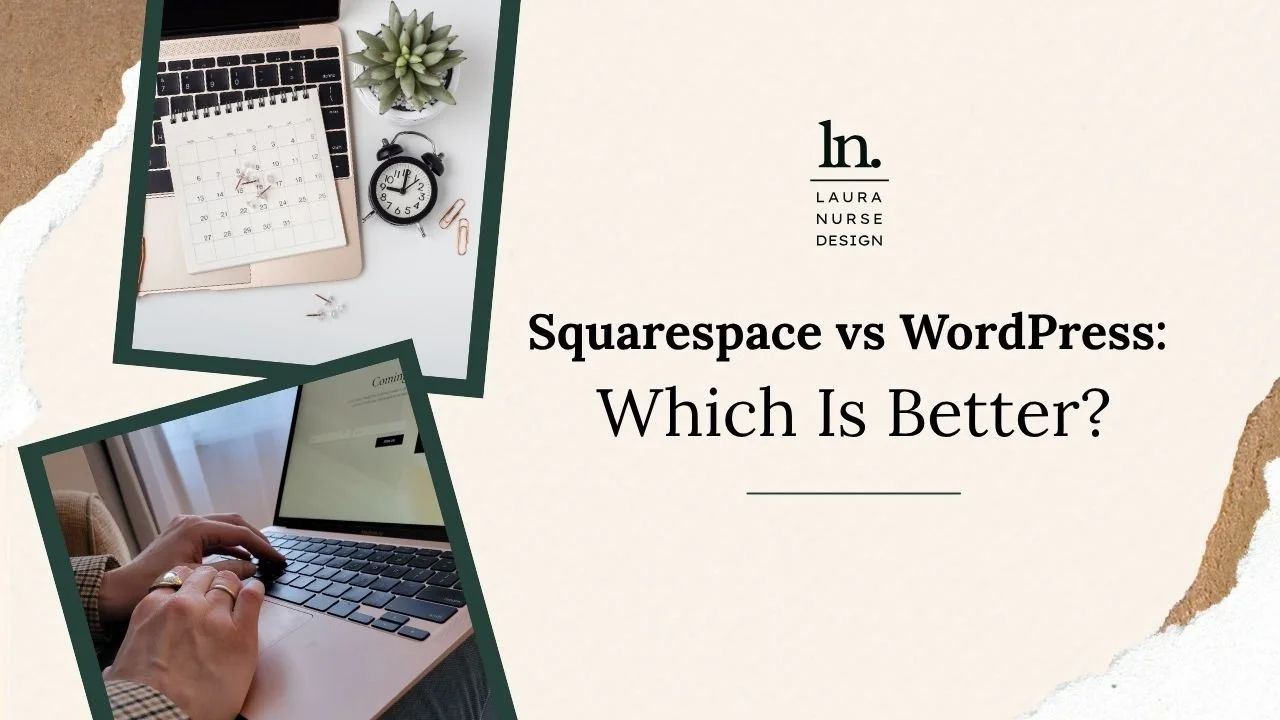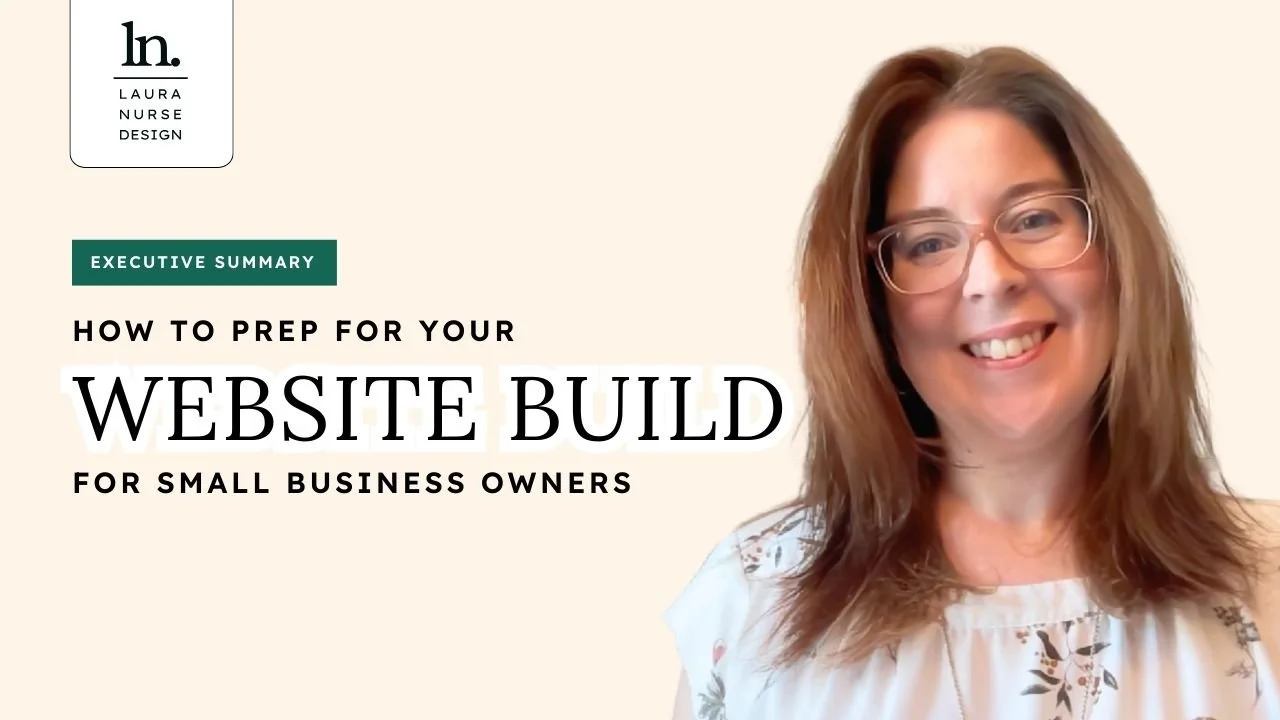How to Choose the Right Website Platform for Your Business
Picking a website builder can feel like falling down a rabbit hole—Wix, Squarespace, WordPress, Shopify, ShowIt, Webflow, Framer… the list goes on. Each platform offers something slightly different, and let’s be honest: it’s not always easy to tell what matters and what’s just marketing.
Here’s the deal: every platform has an ideal user in mind, even if they don’t say it out loud. What works beautifully for one business might be a headache for another.
In this post, I’m breaking it down—no fluff, minimal bias. Just real talk for small businesses, freelancers, local shops, and creative entrepreneurs who want to launch (or relaunch) a website that works.
Table of Contents
Questions to Ask Before You Go Website Shopping
There’s no “perfect” platform—but there is one that fits your needs best. Before comparing platforms, get clear on the essentials:
🔑 Purpose & Goals
What’s your website for? (e.g. blog, portfolio, ecommerce, lead gen)
What do you absolutely need it to do? (store, contact forms, blog, etc.)
🎨 Design & Customization
How much control do you want over design?
Are you okay using a polished template, or do you want perfectly custom-built-from-scratch layouts?
⏳ Time & Effort
How much time can you realistically invest in learning and maintaining your site?
Do you need something easy and fast, or are you open to a learning curve to get the capabilities your business needs?
🛠️ DIY vs. Pro Help
Are you building it yourself or hiring someone?
Do you want a platform you can update on your own, or will a pro handle that?
💸 Budget & Pricing
What’s your monthly/annual budget?
Are you okay paying extra for apps or themes?
📈 Growth & Scalability
Will your site need to grow—e.g. adding ecommerce, memberships, or blogging?
Do you want a platform that evolves with your business?
🧰 Essential Features/Capabilities
What’s non-negotiable? SEO tools? E-commerce? Blog? Membership/Course area? Integrations?
Does the platform support your workflows?
🌍 Special Requirements
Do you need multilingual support?
What integrations will you need to accommodate? Will it play nicely with your CRM, email platform, booking tools, etc.?
📦 Platform Lock-In
Is it important to export your site later or migrate to a new platform?
💡 Not sure what you need yet? Grab my free Website Project Roadmap Workbook to help you plan the essentials.
Functions that may require upgrades, plugins, or workarounds:
All the most common website builders (like Wix, Squarespace, Shopify, Webflow, WordPress.com) can handle almost all of the capabilities you’ll need, but here’s where you may want to investigate your needs more closely:
Advanced Customization (Code & Design)
👉 Limited on some platforms unless you’re on a higher-tier plan or using developer mode (e.g., Squarespace is more restrictive than Webflow or WordPress).
CRM & Email Marketing Integration
👉 Basic stuff is built-in, but real CRM power (like HubSpot-level) usually needs third-party integration.
Interactive Forms & Surveys
👉 Simple forms? Yes. Advanced logic/forms (like conditional logic, calculations, etc.) often need external tools (e.g., Typeform, Jotform).
Subscription or Recurring Payments
👉 Some builders like Shopify and WordPress support subscriptions well (with plugins/apps), while others like Wix and Squarespace may require upgrades or specific workarounds
Multi-Language Support
👉 Not always native. Some need workarounds or plugins (e.g., Webflow uses Weglot, WordPress uses WPML/Polylang).
Scalability for Growth
👉 Builders like Wix and Squarespace can feel limiting as your needs get complex. WordPress and Webflow scale better for both traffic and content heavy sites. Shopify is the go-to for e-commerce, although recently some plugins have been making it easier to scale e-comm sites larger with WordPress.
Third-Party Software Integrations
👉 Basic integrations are fine, but complex workflows may require tools like Zapier or APIs, which not all builders expose fully.
Recommended Resource:
For an up-to-date, in-depth look at each major website builder, check out Site Builder Report. It’s a goldmine of real-world comparisons, feature reviews, and platform breakdowns based on actual testing. I’ve followed Steve’s work for years, he always has a good objective take that is backed by his actual experience with the platforms.
Who Each Website Builder Is Really For (IMO)
Here’s my take on who the top platforms are built for:
Wix
Target: DIY users, side-hustlers, small business owners. It’s like the Microsoft of Website Builders, IMO.
Why: Full design freedom, unstructured editor, huge template library
Squarespace
Target: Creatives, freelancers, and small business owners. It’s like the Apple of Website Builders, IMO.
Why: Beautiful templates, intuitive UX, solid features for portfolios & service sites
WordPress (.org/Self-Hosted, not the .com limited platform)
Target: Tech-savvy users, developers, and content-heavy sites (i.e. blog/news style sites)
Why: Fully customizable, open-source, SEO powerhouse, plugin-rich
Shopify
Target: E-commerce businesses of all sizes… it’s the go-to for E-comm sites.
Why: Best-in-class ecommerce tools, scalability, multi-channel sales
ShowIt
Target: Designers, photographers, creatives… customers where visual design is important
Why: Drag-and-drop freedom + WordPress blogging backend
Webflow
Target: Designers, developers, startups
Why: Full customization, advanced (impressive!) CMS, developer-level control without code
Framer
Target: Figma users, startups, landing page creators
Why: Sleek animation, modern design tools, easy prototyping
Canva Websites
Target: Non-tech users, creators, solopreneurs
Why: Simple, quick one-page sites—great for link-in-bios bios and fast launches (Apr 2025 Update – Canva is *just* releasing multi-page sites! Will update here when I’ve had a good review!)
Quick Picks by Use Case:
✔️ Service-based business or freelancer: Squarespace, Wix
✔️ E-commerce business: Shopify, WordPress + WooCommerce
✔️ Creative/portfolio-driven brand: Squarespace, ShowIt, Webflow, Framer
✔️ Content-heavy site: WordPress
✔️ DIY-er looking for simplicity: Wix, Squarespace
✔️ Tech-Startup needing a high-end site: Webflow, Framer
Next Steps: Launching Efficiently
✔️ Squarespace: Use a premium template, and I can customize it for you quickly and ensure all the technical and SEO bits are handled correctly.
✔️ WordPress: I’ll set it up and customize it for your business, hand-selecting the right plugin stack etc. to make sure you website serves your business goals AND is secure, mobile responsive, and SEO’d.
✔️ Other platforms: Reach out, I’ll connect you with someone amazing! 🤩
💡 Pro Tip: A successful site launch isn’t about perfection—it’s about taking the right steps in the right order. Start strong, keep it simple. Grab my free Website Project Roadmap Workbook to help you plan the essentials.
Final Thoughts
There’s no one-size-fits-all platform. Just choose the best fit for your goals, workflow, and future growth as you currently see it. Then get going—your online presence won’t build itself.
📩 Still unsure? Email me with what you need your site to do, and I’ll point you in the right direction.




